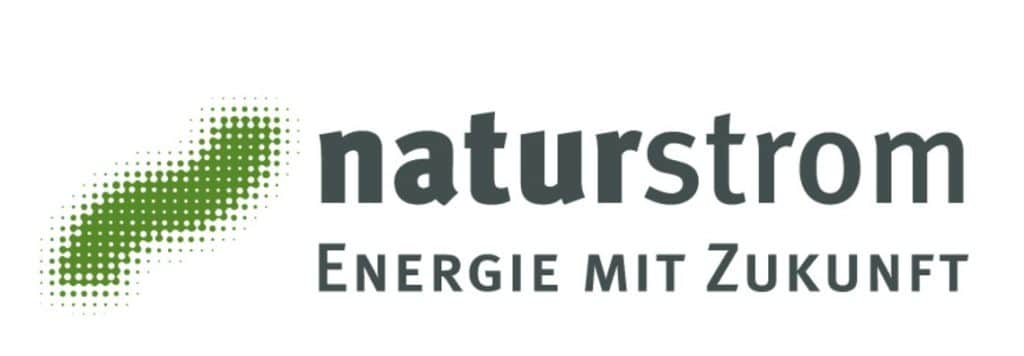10 Showstoppers in e-commerce
- Traffic>
- Conversion Rate
- Shopping cart size
Our approach: Before you come up with great new functions for the Optimisation of the conversion rate Before you start thinking about turning visitors into buyers, you should first make sure that you have done your homework. The experience gained from numerous projects with WooCommerce and Shopwarewe have compiled a list of the most common showstoppers that lead to purchase cancellations.
Our biggest showstoppers in e-commerce
Showstopper No1
Content is not mobile optimised
In fashion and lifestyle shops in particular, up to 90% are shopped for using a smartphone. Finding the right products and selecting variants and additional options is more complex on a smartphone than on a desktop. That's why we always create new shops with a mobile-first approach. In other words, we think and design the structure and function on small screens first. This is the only way to make smartphone users want to search for and, in the best case, find their perfect product.
Showstopper No2
Long loading times
The data volume is very large, especially for the product overview pages. Product images and product information such as prices, titles and stock levels have to be loaded each time the page is called up. If you also want to show the customer the available variants, the data request increases. Here is a small example: A shoe in ten different sizes and five different colours therefore has 50 variants. If 24 products are to be loaded on a product overview page, the data of 1200 product variants must be processed. In order to load the page in less than 0.5 seconds, intelligent caching is required, otherwise the user will not want to browse through a large number of product overviews.
Showstopper No3
Missing purchase-relevant information
Sure: the product price is on the product and what else? From a legal point of view, the shipping costs must be immediately visible, as must the availability and delivery times. Large shops such as Amazon or Zalando set standards here that customers also expect from smaller shops. The customer already wants to know on the product page: When will I receive the product and what are the shipping costs. Additional information on the returns policy and the shipping service provider should be available with a simple click.
Showstopper No4
Shipping costs too high
Optimising shipping costs is a topic in itself. For a long time, there was a preference for free shipping, as customers did not want to bear any "unnecessary costs". Factoring the costs into the product price also had the advantage of increasing the product value at first glance.
However, this is no longer a good solution for standard products, which can also be found in price search engines, as the entry-level price is higher than that of the competition. Even if shipping is then free of charge.
Charging shipping costs above the actual shipping costs often seems like "money-making" to the user and they immediately feel "ripped off". Unfortunately, online shoppers do not yet see the costs for packaging and their own logistics.
Therefore our tip: Set the shipping costs only to the amount of the postage costs and offer free shipping from a certain shopping basket value.
Showstopper No5
Many products not available
If a product is not available, you can either remove it from the shop or leave it online, but it cannot be ordered. The latter solution has the advantage that it initially remains in the Google search index and there is no 404 error page when you call up the unavailable product.
But the user is very quickly frustrated if the majority of the products called up are not available to order. They will give up searching and quickly leave the shop
Our tip: Remove products that are permanently out of stock and add an e-mail notification field for products that are temporarily out of stock. Alternatively, specify a date from which the products will be available again.
Showstopper No6
Missing product information
A complete and clear product description is a lot of work. The product description is essential, especially for non-standard products. On the one hand, a detailed product description helps with indexing (i.e. visibility on Google & Co) and on the other, it reduces uncertainty among potential buyers. In the case of physical products, it is the dimensions and size information that are essential. In addition, there is information on the quality, material, manufacture, quality seal, care instructions, assembly or installation instructions.
Showstopper No7
Delivery times too long
Acceptable delivery times vary depending on the product. I naturally wait longer for a sofa than for a book. Online shops with customised products generally have more time to ship the goods than shops with standard products. Here too, the large shops set the standard. No customer wants to wait longer than 1-2 working days for their order to be processed. Even in times of interrupted supply chains and staff shortages, fulfilment should not exceed the guideline of 1-2 working days as a processing period. There is no freight rule for customised products that are only produced after the order or payment has been received. However, for products that are suitable as gifts, for example, every extra day of delivery time is a real showstopper.
Showstopper No8
No information on returns
(Almost) no online shopper orders just for fun. This means that, in principle, there is an intention to keep the goods (exception: if several sizes of a product are ordered). A retailer is legally obliged to take back goods within the cancellation period. Online shops such as Zalando or Amazon have become known for their customer-friendly return options. Conversely, this means that the conversion rate drops significantly if there is no information about this on the site (or only in the terms and conditions). We recommend making the return conditions transparent. The product and the market determine whether a free return makes sense. If you are very convinced of the quality of your products, you should start with a free return in case of doubt and then carry out tests in which the costs of a return are borne by the buyer. (<== unclear sentence structure)
Showstopper No9
No professional product photos
Most people find it easier to grasp information via images than to read and understand text. Our tip is therefore: Everything that can be conveyed via product images should be visualised. This can also include size sketches or assembly instructions.
The zoom function is important for product images. If the user wants to see a detail, they should be able to zoom in on the image. We therefore recommend an image size of approx. 2000px in height and width.
The photos should never be too dark, so the right light is crucial. However, we advise against over-processed product photos, as this can easily mislead the customer or cause them to return the goods if they do not meet their expectations.
Showstopper No10
No alternative payment methods
You don't need 10 payment methods in an online shop, but the customer should have a small selection. The most important and most popular payment method in online shopping is (still) PayPal. With PayPal Plus, customers can also pay without their own PayPal account (e.g. by direct debit or credit card). The advantage for the merchant is that only one payment provider needs to be involved. On the other hand, there is often a personal reason for not having a PayPal account. The user, who usually rejects PayPal on principle, would then still have to use the PayPal service. It is therefore advisable to offer at least one other payment method.
Offering only the credit card payment method quickly becomes a showstopper, especially in Germany, as not everyone is equipped with a credit card. Also, the first online purchase with a credit card is often associated with cumbersome authentication via the issuing bank.
In the B2B sector in particular, you should think about paying by invoice. Invoices are usually the most common means of payment here. However, the shop operator bears the risk of non-payment and may have to take care of the dunning process themselves. Of course, payment providers such as Klarna or PayPal also offer the invoice payment method. In this case, the shop operator is relieved of the risk, but has to accept a significantly higher fee.


